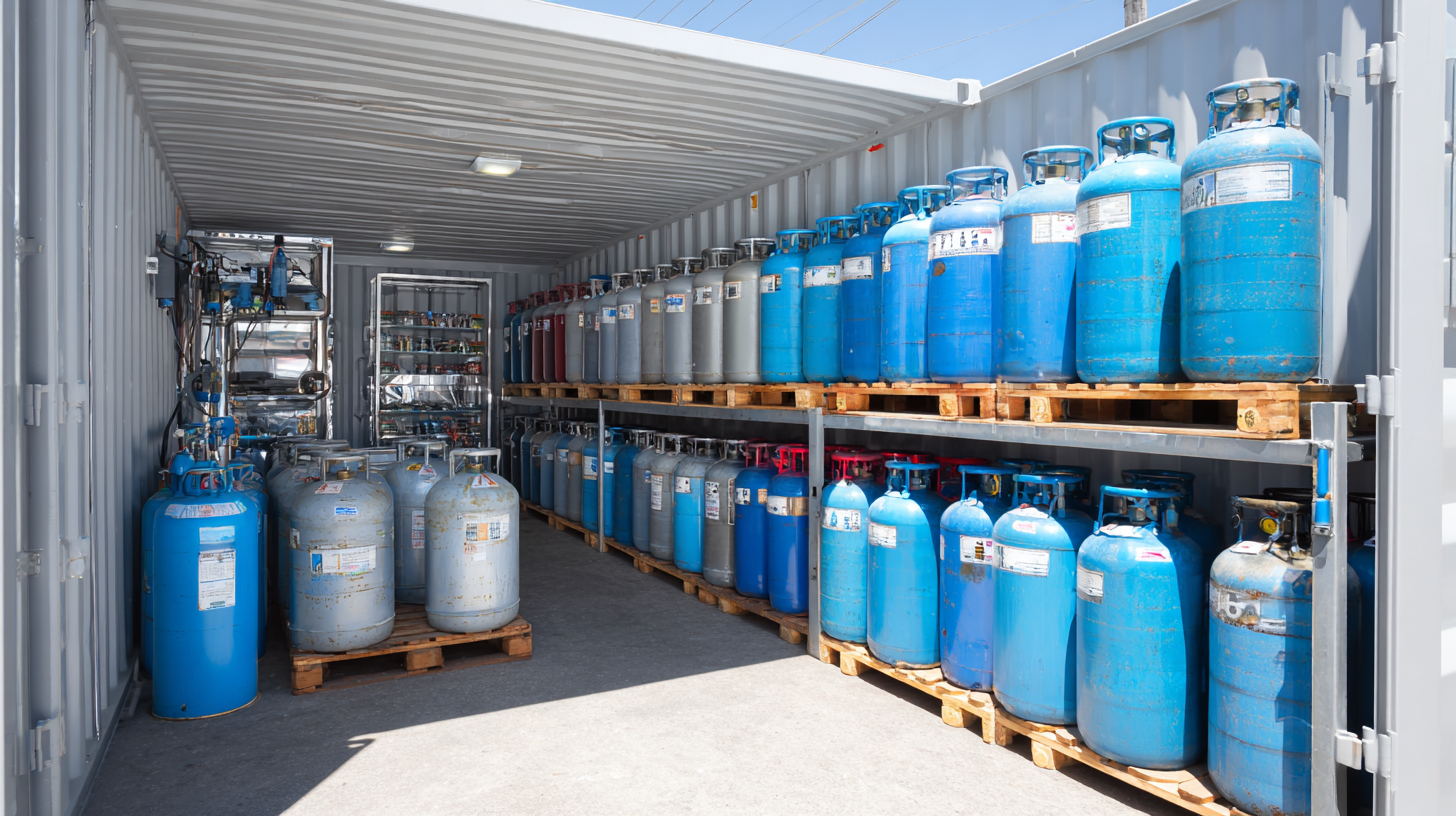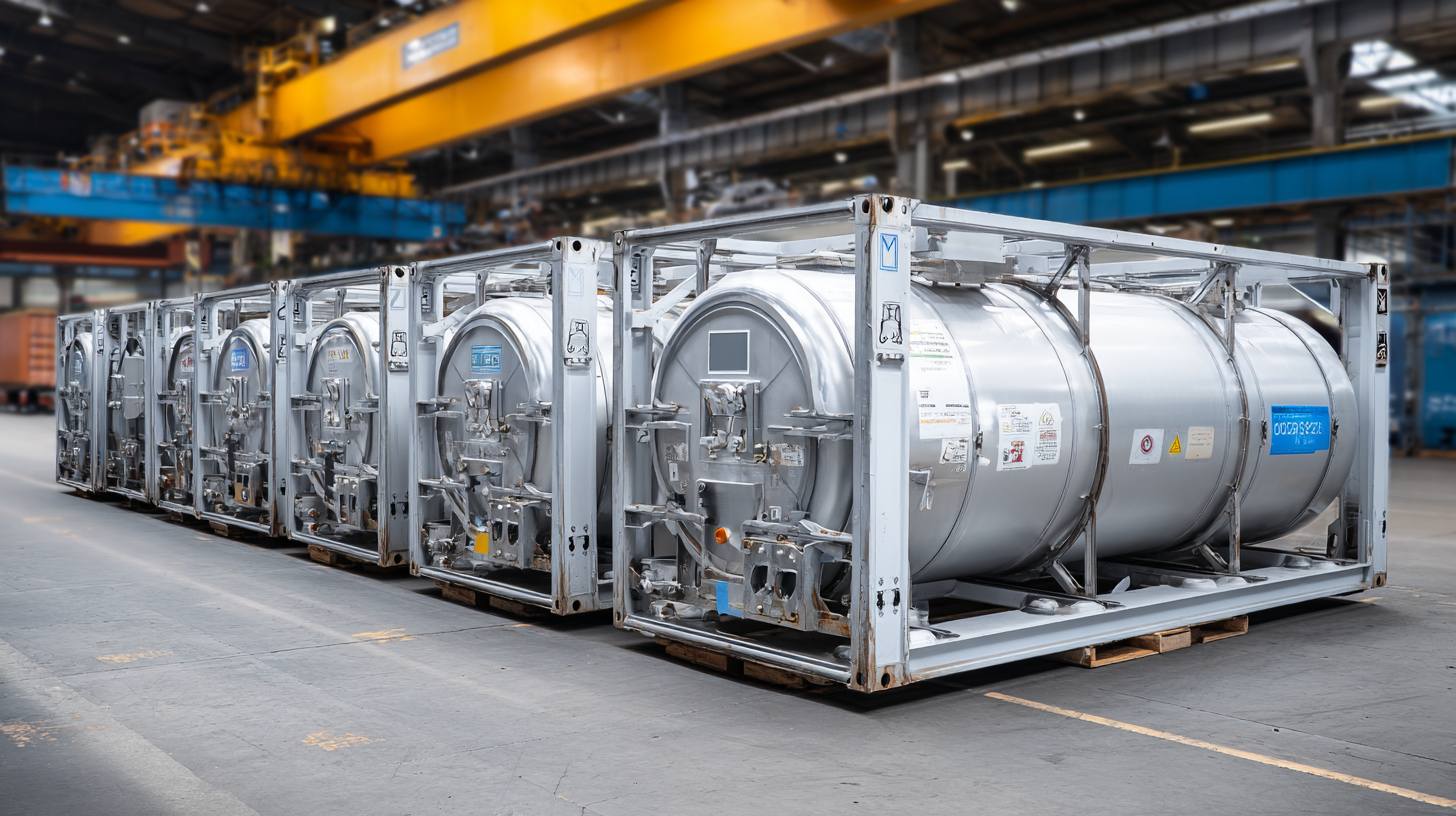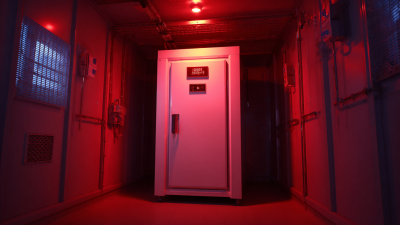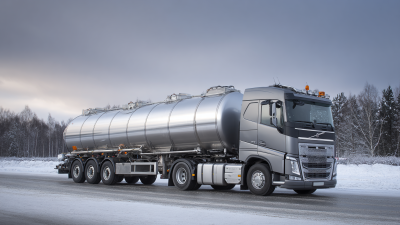
-
Home
-
About us
-
Products
-
Solutions
-
News
-
Blog
-
Contact us
Leave Your Message

Choosing the right cryogenic gas containers is crucial for industries handling gases at extremely low temperatures. These specialized containers facilitate the safe storage and transportation of cryogenic gases such as helium, nitrogen, and oxygen, ensuring their integrity and performance. However, with a variety of options available, selecting the ideal cryogenic gas container can be overwhelming. This guide aims to simplify the decision-making process by providing essential tips and insights to consider when evaluating your needs. From understanding material specifications and insulation types to assessing capacity and portability, this comprehensive resource will empower you with the knowledge needed to choose the most suitable cryogenic gas containers for your specific applications. Whether you are in research, medical, or industrial fields, this guide will help you make informed choices that enhance safety and efficiency in your operations.

When selecting a cryogenic gas container, understanding the various types available is crucial. Cryogenic containers are primarily categorized into Dewars, storage tanks, and transport containers. Dewars are ideal for short-term storage and handling of gases like nitrogen and argon due to their vacuum insulation, which reduces heat transfer and minimizes evaporation. Storage tanks, on the other hand, are designed for long-term gas storage and are often used in industrial settings where large quantities of cryogenic gases are required. Transport containers are built for mobility, allowing safe transfer of cryogenic gases between locations.
**Tips:** When choosing a cryogenic container, consider the specific gas you will be storing, as different gases have unique cryogenic properties. Additionally, assess the expected usage frequency; if regular access is required, a Dewar might be more convenient. Ensure that the container meets safety standards and is compatible with the type of gas you intend to use.
Evaluating other factors, such as insulation quality and portability, is also key. High-quality insulation will enhance the container’s efficiency, while portability features, like wheels or handles, can significantly improve ease of use in various environments. Always prioritize durability and safety to ensure optimal performance over time.
| Container Type | Capacity (Liters) | Pressure Rating (psi) | Typical Uses | Insulation Type |
|---|---|---|---|---|
| Dewar Flask | 5 - 50 | 100 | Laboratory Samples, Liquid Nitrogen Storage | Vacuum Insulated |
| Cryogenic Tank | 100 - 5000 | 300 | Industrial Applications, Gas Distribution | Multi-layer Insulation |
| Cryogenic Freezer | 10 - 100 | 50 | Biological Samples, Medical Applications | Foam Insulated |
| Portable Cryogenic Container | 1 - 10 | 150 | Field Use, Emergency Services | Vacuum Insulated |
When selecting a cryogenic gas container, various key factors must be considered to ensure it meets your specific requirements. First and foremost, the intended use of the container should dictate the choice of material and size. Containers vary in capacity to store different volumes of gas, so it’s essential to assess your typical usage patterns. Additionally, the cryogenic temperatures associated with the gases you’re storing will influence the material compatibility—stainless steel is often preferred for its durability and resistance to extreme temperatures.
Another critical aspect involves safety features integrated within the design of the container. Look for options that offer robust pressure relief mechanisms to prevent over-pressurization, as well as secure sealing systems to minimize leakage risks. Portability is also vital, especially for users who require on-the-go solutions, so considering containers that facilitate easy transport and handling is advantageous. Lastly, reviewing compliance with safety standards and regulations will further ensure that your chosen cryogenic gas container is reliable and safe for both personal and industrial use.
Cryogenic gas containers play a vital role in various industries, catering to numerous applications. One of the primary applications is in the medical field, where cryogenic containers are essential for storing and transporting medical gases like oxygen and nitrogen. The industrial oxygen generator market is projected to grow significantly, driven by the increasing demand for both industrial and medical oxygen. This rise is reflected in the market's expected growth from USD 9.2 billion in 2025 to USD 14.4 billion by 2034 as outlined in recent industry reports.

Another significant use of cryogenic gas containers is in the energy sector, particularly for liquefied natural gas (LNG) storage and transportation. The demand for LNG is surging due to its role as a cleaner alternative to traditional fossil fuels. The cryogenic tanks market is anticipated to benefit from this trend, with advancements in material science and digital integration further enhancing the efficiency and safety of cryogenic systems.
Furthermore, the global cryogenic systems market is projected to reach USD 30.8 billion by 2035, growing at a compound annual growth rate (CAGR) of 6.5% from 2025. This growth underscores the escalating importance of cryogenic technologies across diverse industries, ensuring their pivotal role in future developments.
When it comes to cryogenic gas containers, regular maintenance is paramount in ensuring their longevity and performance. According to the Cryogenic Society of America, a well-maintained cryogenic container can last up to 10-15 years, depending on its usage and environmental conditions. Therefore, implementing systematic maintenance practices is essential for maximizing the life of your investment.

Tip 1: Regular Inspection
Perform routine inspections to identify signs of wear and tear, such as cracking or corrosion. The National Testing and Inspection Association recommends checking the container at least once a year. This proactive approach allows you to address small issues before they escalate into costly repairs or replacements.
Tip 2: Proper Storage Conditions
Store your cryogenic gas container in a stable environment, away from direct sunlight and extreme temperatures. The American Society for Testing and Materials indicates that exposure to fluctuating temperatures can weaken the structural integrity of the container over time.
Adhering to these essential maintenance tips not only prolongs the life of your cryogenic gas container but also ensures safety in handling cryogenic gases. By being diligent and informed, you can greatly enhance the reliability of your equipment.
When handling cryogenic gas containers, safety protocols are of paramount importance to prevent accidents and ensure a safe working environment. First and foremost, personnel should receive proper training on the characteristics and hazards associated with cryogenic gases. This includes understanding the potential for rapid phase transitions and the risks of asphyxiation in confined spaces due to displaced oxygen. Always use appropriate personal protective equipment (PPE), such as insulated gloves, goggles, and face shields, to protect against extreme temperatures and potential splashes.
Additionally, the storage and transportation of cryogenic gas containers require careful adherence to best practices. Containers should be securely stored in well-ventilated areas to mitigate the risk of gas accumulation, and they must be clearly labeled to indicate their contents and hazards. Regular inspections for signs of damage, leaks, or corrosion are essential to maintain the integrity of the containers. Furthermore, keeping emergency response equipment readily available and ensuring that all staff are familiar with emergency procedures will significantly enhance safety when working with cryogenic gases.





